April Copper imports in China: Fall of 41% due to tighter financial regulation
May 23rd; Main events in financial market:
- Sterling slips after deadly Manchester terror attack
- Global stocks mixed in cautions trade
- Oil price oscillates as OPEC meeting draws closer
- Euro zone business activity rises at fastest pace since 2011
- Bitcoin keeps growing; tops $2,200
For further info on these subjects, visit: www.investing.com
The monthly analysis
Firstly, if compared to a period of year ago, China’s refined copper imports fell by 41%. This shows that traders buying power was affected by strained access to credit.
The China’s imports of refined copper fell down to 202,645 tonnes previous month. It is the lowest level seen since February. And compared to March levels, it sees the 18 % down.
Observing the January – April period, China’s refined copper imports have slumped. Coming to the lower levels of 31 percent compared to the last year. Those were impacted partly byChina’s credits & because short-term interest rates and banks became more reluctant to lend.
“In general, metals traders have been suffering from rising financing costs, fierce competition and a slowing economy.” Said JP Morgan in a report.
Chinese banks & credits
“While Chinese banks have anecdotally been maintaining existing credit lines for metals-based companies, it has become increasingly hard to get approval for new lines of credit.” (Reuters)
China’s top leadership and their officials have set list of priorities in country’s economy, aimed for this year. The main priority is indentifying the containment of financial risks and asset bubbles. Due to this, China has elevated the short-term interest rates.
It continued with imports of more copper scrap. Those imports were up in the first four months of the year, for 18 percent. That happened after the surge in prices of late last year encouraged and gave a support to a flood of scrap metal back into the market.
Concentrate imports
Observing the copper concentrate imports: They continued to grow, even in April. When compared to a period of year ago, they were up 7.7 percent. And they are in line with the year’s trend.
The slight decline in production happened in Chile, caused by a strike earlier this year. But this was more than offset by almost 60 percent jump in imports from Peru. Which than compensated the amounts, and brought a certain balance to the market. However, China’s imports went way lower.
China’s exports of refined copper fell in April from the same month year earlier. But on the other side, they are now at nearly 125,000 tonnes . Which is up 65 percent if observed year to date.
Copper is one of the most ”popular” amid base metals and their trade. China has definitely set a list of priorities in order to stabilize the market. And precisely wants to see if the parts of financial regulation are doing fine with the market aims. What is the key which will connect all the market participants, and bring the balance to country’s imports, exports, trades, production, and all the accompanying businesses, the time will soon show.

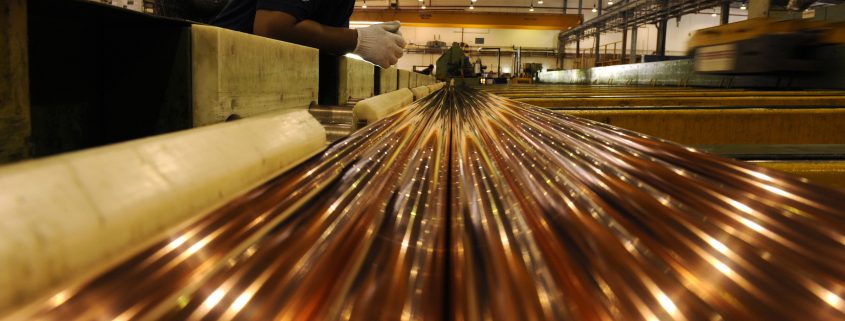
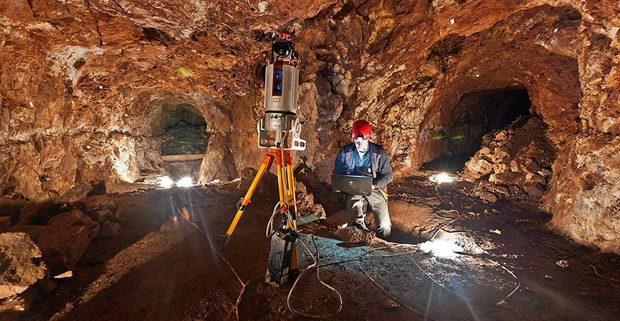
 I think the reaction and the commitment you are seeing from the Mongolian government over the last two weeks to repeal this tax, it shows its firm commitment to really get the foreign investments going and particularly that is very much settled on the mineral exploration and the mining industry in Mongolia.” Andrew Stewart, CEO of Xanadu Mines said.
I think the reaction and the commitment you are seeing from the Mongolian government over the last two weeks to repeal this tax, it shows its firm commitment to really get the foreign investments going and particularly that is very much settled on the mineral exploration and the mining industry in Mongolia.” Andrew Stewart, CEO of Xanadu Mines said.
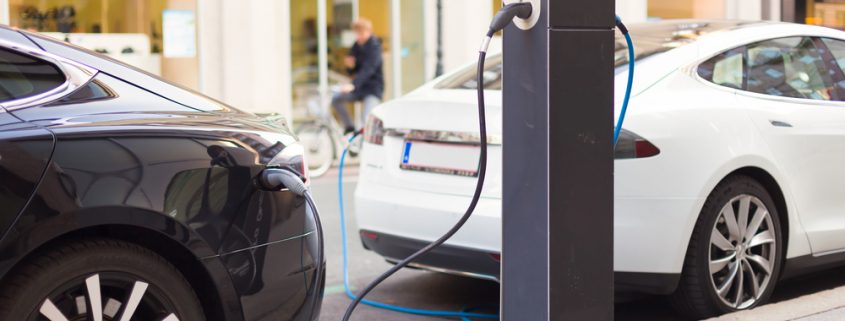


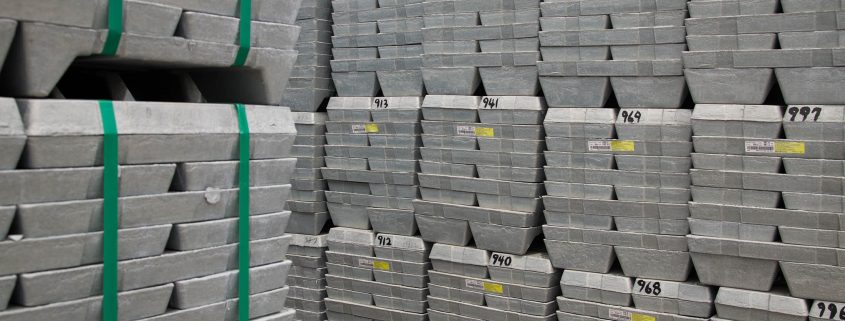

 Observing the deliverable copper stocks at Shanghai Futures Exchange: Approved warehouses rose 1,365 tonnes or 0.7% over last week to 196,358 tonnes as of Friday May 19. Meanwhile the SHFE-LME copper arbitrage remains at a loss – it was at close to $90 per tonne on Friday. Later, on Friday, total copper stocks at LME warehouses fell 3,700 tonnes, to 336,650 tonnes.
Observing the deliverable copper stocks at Shanghai Futures Exchange: Approved warehouses rose 1,365 tonnes or 0.7% over last week to 196,358 tonnes as of Friday May 19. Meanwhile the SHFE-LME copper arbitrage remains at a loss – it was at close to $90 per tonne on Friday. Later, on Friday, total copper stocks at LME warehouses fell 3,700 tonnes, to 336,650 tonnes.

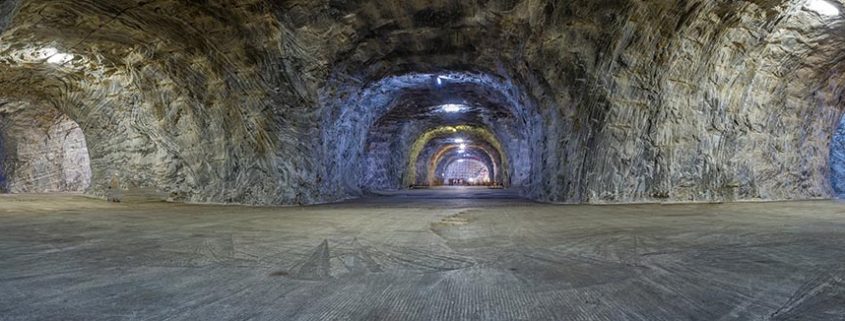




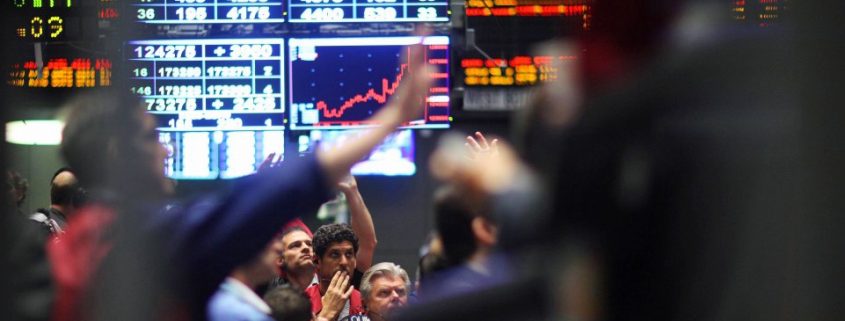


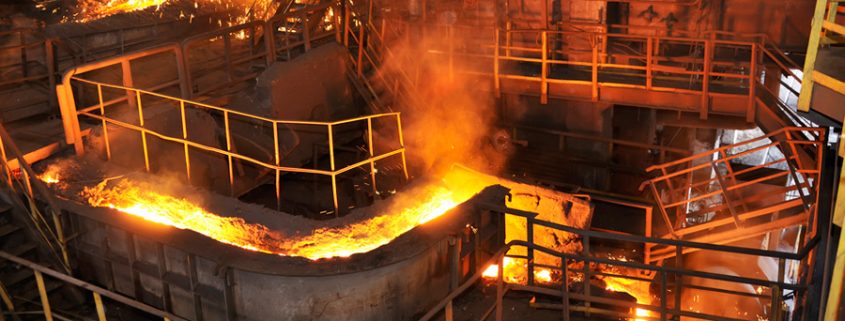



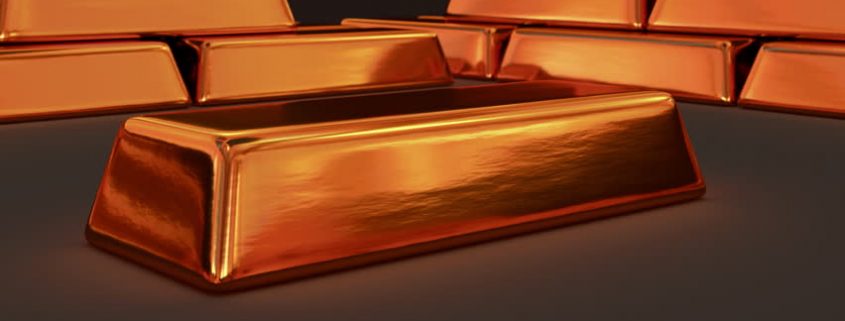


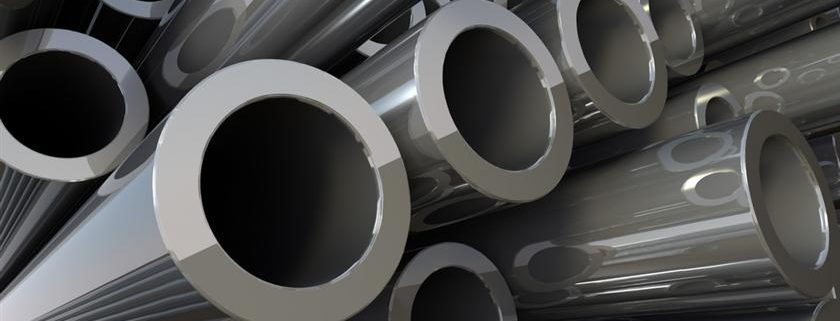
 Equities on Monday were firmer, the Euro Stoxx 50 closed up 0.1% and the Dow closed up 0.4% at 20,982. Asia has generally seen follow through buying interest this morning with the Nikkei and ASX 200 up 0.2%, the CSI 300 is up 0.1%, the Kospi is up marginally, while the Hang Seng is bucking the trend with a 0.3% decline.
Equities on Monday were firmer, the Euro Stoxx 50 closed up 0.1% and the Dow closed up 0.4% at 20,982. Asia has generally seen follow through buying interest this morning with the Nikkei and ASX 200 up 0.2%, the CSI 300 is up 0.1%, the Kospi is up marginally, while the Hang Seng is bucking the trend with a 0.3% decline.
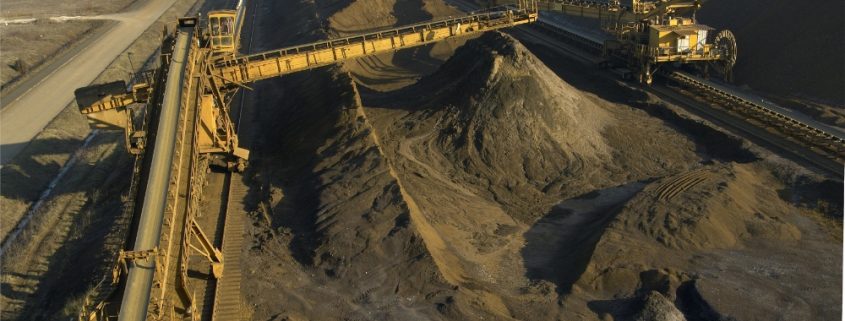


 Biju Nair, ArcelorMittal Zenica’s CEO stated that if they sell Ljubija mine to a rival bidder, Zenica plant would switch to a different production system. And that wouldn’t be convenient for the iron ore from Ljubija. It could also lead to job losses at both Prijedor and Zenica.
Biju Nair, ArcelorMittal Zenica’s CEO stated that if they sell Ljubija mine to a rival bidder, Zenica plant would switch to a different production system. And that wouldn’t be convenient for the iron ore from Ljubija. It could also lead to job losses at both Prijedor and Zenica.